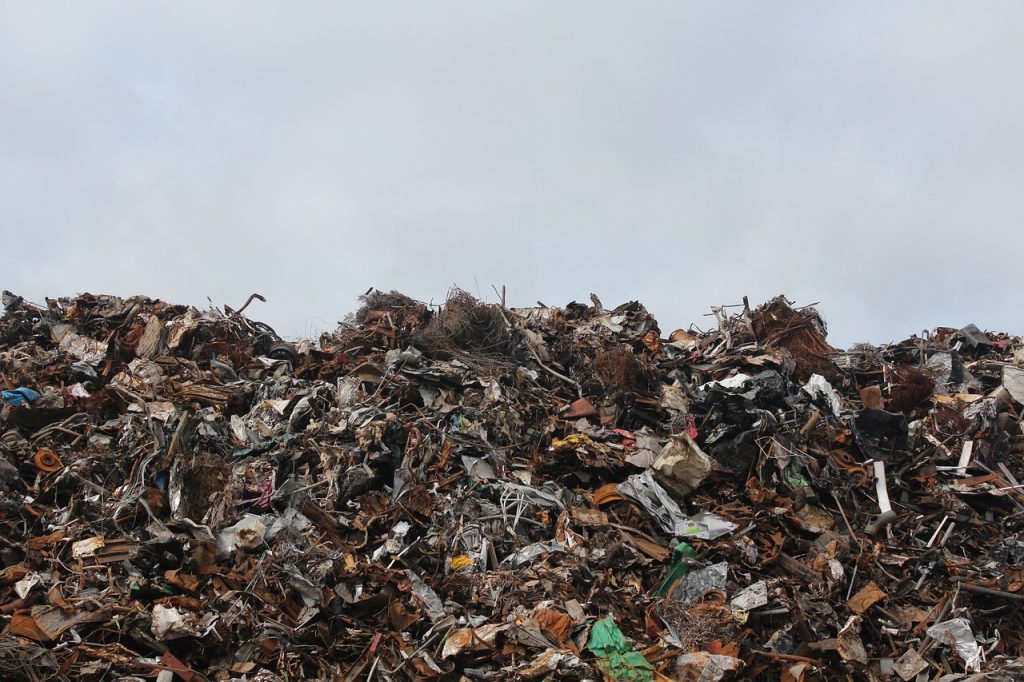Plastic has been a staple in our daily lives for decades. It’s used for everything from packaging to toys, to household appliances and even medical equipment. However, despite its many uses, plastic is not biodegradable and therefore contributes to environmental problems when not disposed of properly.
Table of Contents
ToggleThe Environmental Impacts of Plastic
The production and disposal of plastic contribute to environmental problems like air, water and soil pollution. Plastic particles are carried into the oceans through stormwater runoff and can have devastating impacts on marine life. Plastic also releases harmful chemicals like Bisphenol A (BPA) and Phthalates into the environment when it breaks down.
Plastic Waste and Landfills
Landfills are the final destination for a significant amount of plastic waste. However, plastic takes hundreds of years to degrade, leading to a buildup of plastic in landfills that can have negative impacts on the environment. Landfills emit methane, a potent greenhouse gas, and leachate, a toxic liquid that contaminates the soil and groundwater.

Recycling and Upcycling
Recycling and upcycling are two ways to reduce the amount of plastic waste that ends up in landfills. Recycling involves processing used plastic into new products, while upcycling involves repurposing plastic products into new items without breaking down the plastic material. Both methods can help reduce the amount of plastic waste in the environment and limit the damage caused by plastic pollution.
Reducing Plastic Use
The most effective way to reduce plastic waste is to reduce the amount of plastic we use in the first place. Simple changes, like bringing your own reusable shopping bag, using a reusable water bottle, and avoiding single-use plastic products, can help reduce the amount of plastic waste in the environment.
Innovations in Plastic Alternatives
In recent years, many companies have been working on developing alternative materials to plastic. These materials are made from renewable resources, like plant-based materials, and are biodegradable or compostable. However, these alternatives are not always easily accessible and can be more expensive than traditional plastic products.
Conclusion
Plastic pollution is a growing problem that requires a collective effort to address. Reducing plastic use, recycling and upcycling, and exploring alternative materials are all ways that we can help reduce the environmental impact of plastic. We must take responsibility for our plastic use and work towards a more sustainable future.







1 thought on “Plastic and Sustainability: Understanding the Impacts and How to Reduce Waste”
Pingback: Dangers of Single-Use Plastics; How to Reduce Your Consumption